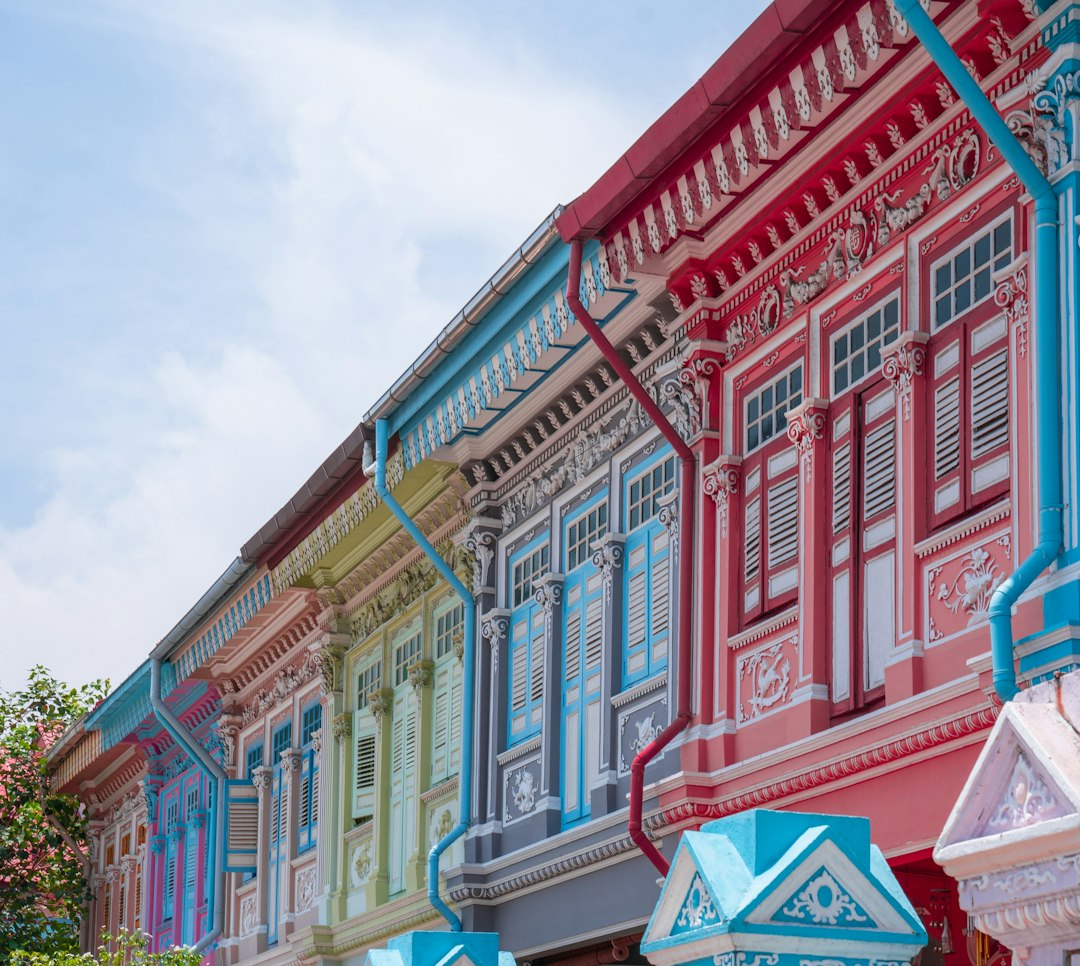Singapore’s Maritime Heritage: Exploring the Maritime Museum and Maritime Experiences
Singapore, despite its small size, has a rich maritime heritage that dates back centuries. From its origins as a bustling trade hub to its status as one of the busiest ports in the world today, Singapore’s history is deeply intertwined with the sea. To truly understand and appreciate this heritage, a visit to the Maritime Museum and a dive into Singapore’s maritime experiences is a must.
The Maritime Museum, located along the scenic Marina Bay waterfront, is a magnificent building that showcases Singapore’s maritime history through interactive exhibits, multimedia displays, and impressive artifacts. As you step inside, you are immediately transported back in time to the era of the early Malay settlers, European colonizers, and the thriving trade that took place within the region.
The museum offers a fascinating journey through Singapore’s maritime past, starting with the arrival of the seafaring Malays and their influence on the city-state. The exhibits tell stories of ancient voyagers navigating the treacherous waters of the Malacca Straits, their trading routes, and the cultural exchanges that took place.
Moving towards the colonial period, visitors can explore the era when the British arrived and established Singapore’s reputation as a key trading port. The display of navigational instruments, ship models, and personal memoirs from sailors provides a vivid insight into life at sea during this time.
One of the highlights of the Maritime Museum is undoubtedly the replica of a traditional Chinese junk ship, complete with its intricately carved wooden hull and sails. This replica is a testament to the importance of Chinese traders in Singapore’s maritime history, as they played a crucial role in bringing goods from China to Southeast Asia.
The museum also shines a spotlight on Singapore’s role during World War II. The Japanese occupation of Singapore and the subsequent resistance movements are depicted through multimedia presentations and personal accounts, allowing visitors to understand the wartime experiences of the people living on the island.
Beyond the walls of the museum, there are several maritime experiences that visitors can partake in to gain a deeper understanding of Singapore’s maritime heritage. One such experience is a visit to the vibrant and bustling Singapore Maritime Gallery, located near the museum. Here, visitors can learn about the latest developments in Singapore’s maritime industry, its importance in trade and commerce, and the various career opportunities available in the maritime sector.
For those looking for an even more immersive experience, a boat tour along the Singapore River is highly recommended. As you cruise along the historic river, you can observe the cityscape and landmarks that played a vital role in Singapore’s maritime history. The tour provides fascinating insights into the evolution of the port and its transformation from a small fishing village to a thriving city-state.
Additionally, Fort Siloso on the island of Sentosa offers an opportunity to delve deeper into Singapore’s military history. Originally built to defend the port, this now-preserved fort provides a glimpse into Singapore’s role as a military stronghold and its strategic importance during times of conflict.
In conclusion, Singapore’s maritime heritage is an essential part of its identity, and exploring the Maritime Museum and maritime experiences offer a captivating insight into this history. From the early seafaring days to the bustling port it is today, Singapore’s maritime past continues to shape its present and future. So, if you find yourself in this magnificent city-state, take the time to delve into its maritime heritage and deepen your understanding of what makes Singapore unique.

